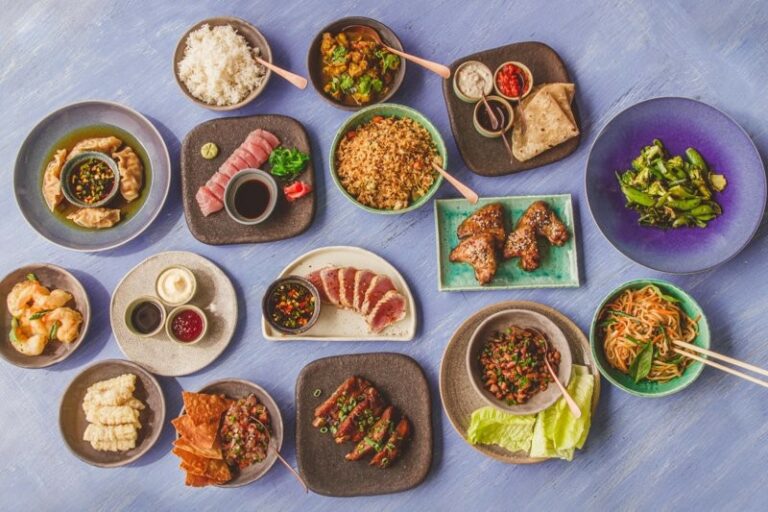Introduction: Exploring Fijian Cuisine
Fijian cuisine is a unique blend of different cultures and influences that have shaped its culinary landscape over the years. The cuisine is renowned for its vibrant flavors, use of indigenous ingredients, and multicultural influences. From the traditional dishes to the modern fusion cuisine, Fijian food has something for everyone.
Historical Overview of Fijian Cuisine
The history of Fijian cuisine dates back to the island’s early settlers, who brought with them their own culinary traditions. The indigenous Fijians, known as iTaukei, have a rich culinary heritage that is deeply rooted in their culture and way of life. Their cuisine revolved around wild game, seafood, and tropical fruits and vegetables, which were abundant in the region. Over time, Fijian cuisine evolved, incorporating culinary influences from other cultures that arrived on the island.
Indigenous Ingredients in Fijian Cuisine
The use of indigenous ingredients is a hallmark of Fijian cuisine. These ingredients, such as cassava, taro, yams, and coconut, are central to many Fijian dishes. Taro, for example, is used to make the popular Fijian dish, kokoda, which is a ceviche-style dish made with raw fish marinated in lime juice and coconut milk. Coconut is used in a variety of ways, including in curries, stews, and desserts.
European Influences on Fijian Cuisine
The arrival of Europeans, particularly the British, had a significant impact on Fijian cuisine. The British introduced new ingredients such as beef, lamb, and pork, which were not traditionally eaten in Fiji. They also brought with them cooking techniques such as baking and roasting, which were incorporated into Fijian cuisine. Some popular dishes with European influences include fish and chips, roast meat, and pies.
Indian Influences on Fijian Cuisine
Indians arrived in Fiji in the late 1800s as indentured laborers, and their culinary traditions have had a lasting impact on Fijian cuisine. Indian spices, such as curry powder, cumin, and coriander, are commonly used in Fijian curries and stews. The popular dish, roti, which is a flatbread, is also of Indian origin. Other dishes that reflect Indian influences include dal (lentil soup), samosas, and biryani.
Chinese Influences on Fijian Cuisine
Chinese immigrants arrived in Fiji in the late 1800s and brought with them their own culinary traditions. Chinese influences on Fijian cuisine include dishes such as stir-fries, dumplings, and noodles. Soy sauce, oyster sauce, and hoisin sauce are common ingredients in Fijian Chinese dishes. The popular dish, fried rice, is also of Chinese origin.
Southeast Asian Influences on Fijian Cuisine
Fijian cuisine has also been influenced by Southeast Asian cuisines, particularly Indonesian and Malaysian cuisine. Satay, a skewered meat dish marinated in spices and served with a peanut sauce, is a popular Fijian dish with Indonesian origins. Malaysian influences can be seen in dishes such as laksa, a spicy noodle soup, and nasi lemak, a rice dish cooked in coconut milk.
Conclusion: The Multicultural Flavors of Fijian Cuisine
Fijian cuisine is a melting pot of different cultures and influences, reflecting the island’s diverse history. The cuisine is a testament to the island’s cultural richness and culinary creativity, with dishes that are both traditional and modern. Whether you’re looking for a hearty stew or a spicy curry, Fijian cuisine has something to offer everyone.

